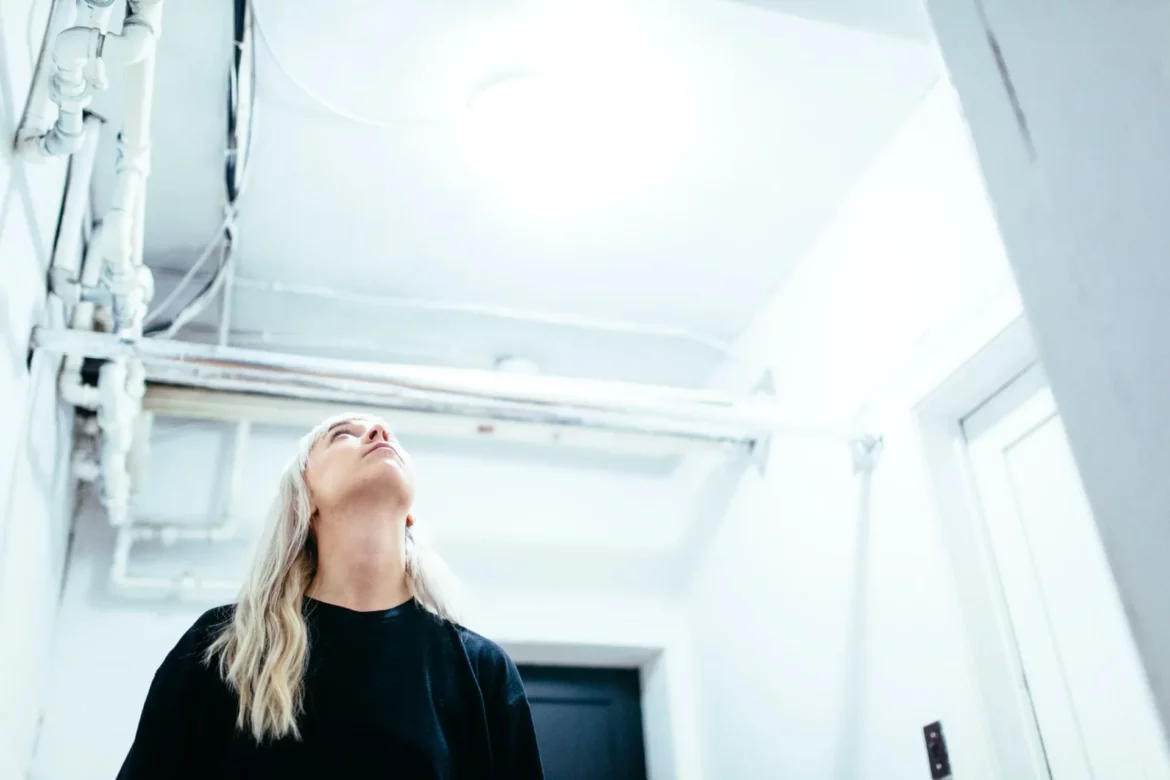
In recent years, there has been a growing concern about the harmful effects of ultraviolet (UV) radiation on human health. While most people associate UV radiation with outdoor exposure, it’s also important to recognise that indoor environments can also pose risks. For businesses and organisations, managing and reducing exposure to indoor UV radiation at work is crucial to safeguarding employee well-being.
Here are some effective strategies that businesses can implement to minimise UV radiation exposure and ensure a safe working environment.
Conduct a UV Risk Assessment for Radiation at Work
The first step in managing indoor UV radiation is to conduct a comprehensive UV risk assessment. This assessment should include an evaluation of the workplace layout, windows, lighting systems, and any potential sources of UV radiation.
Identifying areas with high UV exposure and understanding the intensity and duration of exposure will help in formulating appropriate strategies to minimise risks.
Install UV-Blocking Window Films or Treatments
Windows are a common entry point for UV radiation. To reduce exposure to UV radiation at work, consider installing UV-blocking window films or treatments. These films can significantly reduce the transmission of UV radiation while allowing natural light to enter the workspace.
Additionally, window coverings such as blinds or shades can be used to further limit UV penetration during peak sunlight hours.
Optimise Lighting Systems to Reduce Radiation at Work
Some artificial lighting sources, such as fluorescent and halogen bulbs, emit UV radiation. By switching to UV-safe lighting options, such as LED lights, businesses can reduce indoor UV exposure. LED lights emit significantly less UV radiation and are energy-efficient, making them an excellent choice for workplaces.
Provide Personal Protective Equipment (PPE)
For workers who are exposed to UV radiation as part of their job tasks, it’s crucial to provide appropriate personal protective equipment (PPE). This may include UV-blocking clothing, hats, and sunglasses.
UV-protective clothing is designed to block harmful UV rays while maintaining comfort and breathability. Sunglasses with UV-400 protection can shield the eyes from harmful UV radiation and reduce the risk of eye damage.
Create UV-Free Zones
Designating specific areas within the workplace as UV-free zones can offer employees a safe space to take breaks or perform tasks away from potential UV sources. These zones can be created using UV-blocking partitions or by ensuring that the area is shielded from UV radiation through design elements or positioning.
Educate and Train Employees About Radiation at Work
Raising awareness among workers about the risks associated with UV radiation and providing training on preventive measures is vital. Conduct regular training sessions to educate employees about the importance of sun protection, proper use of PPE, and ways to identify potential sources of indoor UV radiation. Encourage employees to adopt sun-safe behaviours both inside and outside the workplace.
Monitor Your Workplace Lighting Effectively with Apex Environmental
Minimizing exposure to indoor UV radiation in the workplace is paramount to protecting the health and well-being of employees. To ensure accurate monitoring and maintenance of lighting levels in your workplace, consider getting in touch with Apex Environmental. We offer advanced lighting monitoring and maintenance solutions, and our state-of-the-art monitoring equipment provides real-time data on lighting levels, allowing you to take timely measures to protect your workers.
Remember, effective management and reduction of indoor UV radiation exposure not only promote a healthier work environment but also contribute to the long-term well-being and productivity of your workforce. Prioritize the safety of your employees by implementing these strategies and assessing your workplace lighting levels with Apex Environmental.








